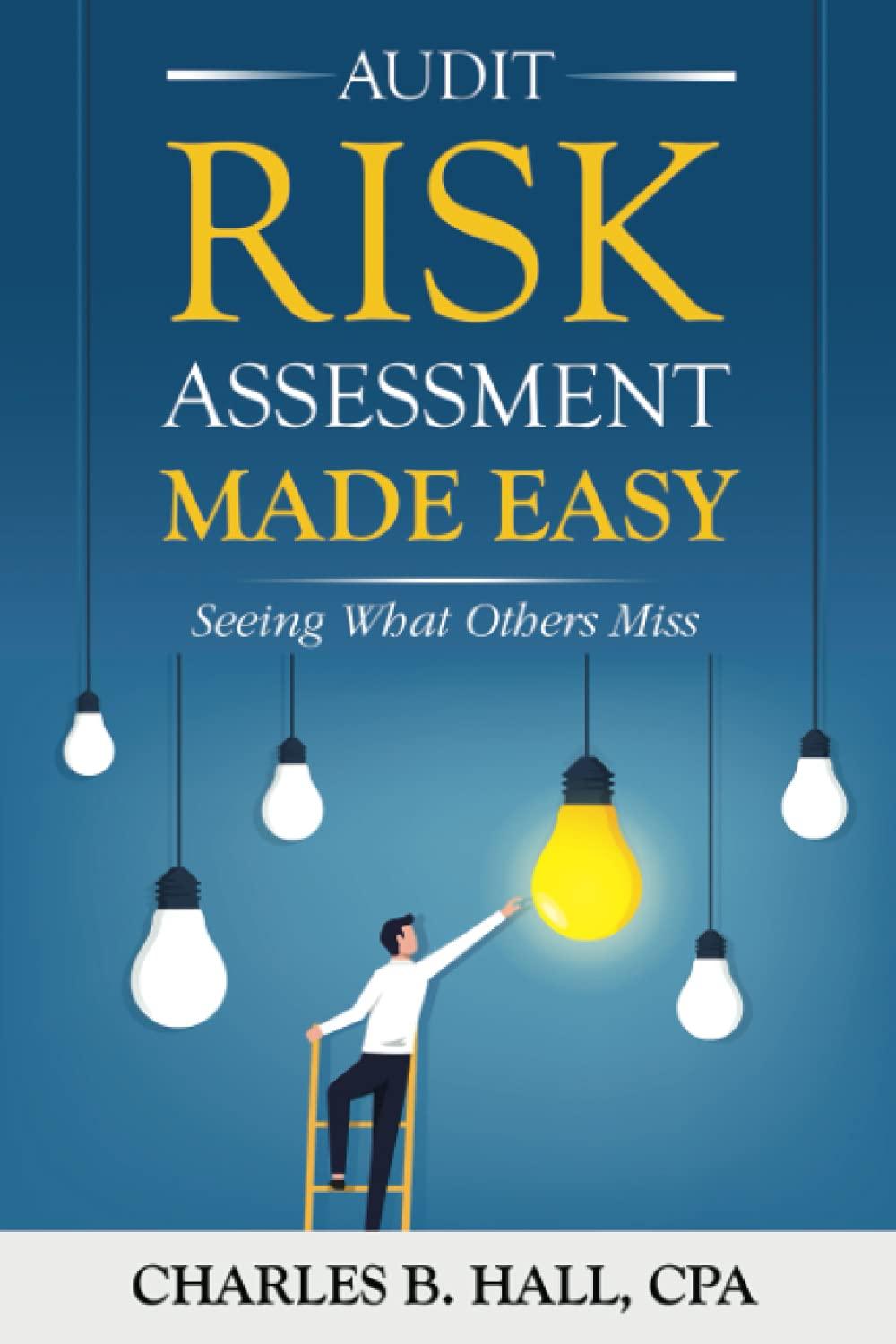Please Answer the Highlighted Cell and Question below. Accounts Receivable

Sarah, has prepared an aging schedule of accounts receivable to help her understand the current status of the compemis receivables . The schedule below breaks down the outstanding receivables by of days they are past due. This information is valuable in determining which customers have outstanding bolances that need to be coliected soon, which ones may require a reminder, and which moy need to be pursued for payment through other means. The aging schedule provided by sarah is a comprehensive report that Hsts all outstanding receivables as of s particular date, categoriaed by the mumber of dyvs past due. The allowance for doubtful accounts will be based on the aging achedule. Required: Please see the requirements below the acoounts receivable listing. a) Calculete the sum of the balances in each wiging category from cells Cl1 to HB1. b) Using the aging shedule totals calculated in the previous step (a), calculate the Allowance for Doubthil Accounts (AFoA) for each aging category based on the N unollectible provided by Serah. Then, add up the individual AFOA armounts for each aging category to determine the total AFOM. Ams c) Prepare the journal entry on December 31 st to adjust the allowance lor doubtful acoounts to the appropriete ending balance. The allowance for doubtful accounts hat an unedianed credit balence of $4,500. d) Sarah wosld like to know what allowance for doubtful accoents is and whkch accountine peinciple mandates the use of allowance for doubtful acoosnts. (wau). accounts will be bused on the aging achedule. Required: Please see the fequirements below the accounts recelvable Riting. a) Calculate the sum of the balances in each aging category trem cells C71 to H1. b) Uving the aging schedule totaly calculated in the peevious step (a), calculate the Allowance for Doubthu Ascounts (AEDA) tor each aging category based on the Nh uncollecthle provided by Sarah. Then, ald op the individual AroA amounts for each aging category to determine the total AroA. d) Sarah would like to know what allowrance for doubtful accocunts is and which accounting princhlple mandates the use of allorwance for doubtul aceount1. Sarah, has prepared an aging schedule of accounts receivable to help her understand the current status of the compemis receivables . The schedule below breaks down the outstanding receivables by of days they are past due. This information is valuable in determining which customers have outstanding bolances that need to be coliected soon, which ones may require a reminder, and which moy need to be pursued for payment through other means. The aging schedule provided by sarah is a comprehensive report that Hsts all outstanding receivables as of s particular date, categoriaed by the mumber of dyvs past due. The allowance for doubtful accounts will be based on the aging achedule. Required: Please see the requirements below the acoounts receivable listing. a) Calculete the sum of the balances in each wiging category from cells Cl1 to HB1. b) Using the aging shedule totals calculated in the previous step (a), calculate the Allowance for Doubthil Accounts (AFoA) for each aging category based on the N unollectible provided by Serah. Then, add up the individual AFOA armounts for each aging category to determine the total AFOM. Ams c) Prepare the journal entry on December 31 st to adjust the allowance lor doubtful acoounts to the appropriete ending balance. The allowance for doubtful accounts hat an unedianed credit balence of $4,500. d) Sarah wosld like to know what allowance for doubtful accoents is and whkch accountine peinciple mandates the use of allowance for doubtful acoosnts. (wau). accounts will be bused on the aging achedule. Required: Please see the fequirements below the accounts recelvable Riting. a) Calculate the sum of the balances in each aging category trem cells C71 to H1. b) Uving the aging schedule totaly calculated in the peevious step (a), calculate the Allowance for Doubthu Ascounts (AEDA) tor each aging category based on the Nh uncollecthle provided by Sarah. Then, ald op the individual AroA amounts for each aging category to determine the total AroA. d) Sarah would like to know what allowrance for doubtful accocunts is and which accounting princhlple mandates the use of allorwance for doubtul aceount1

















